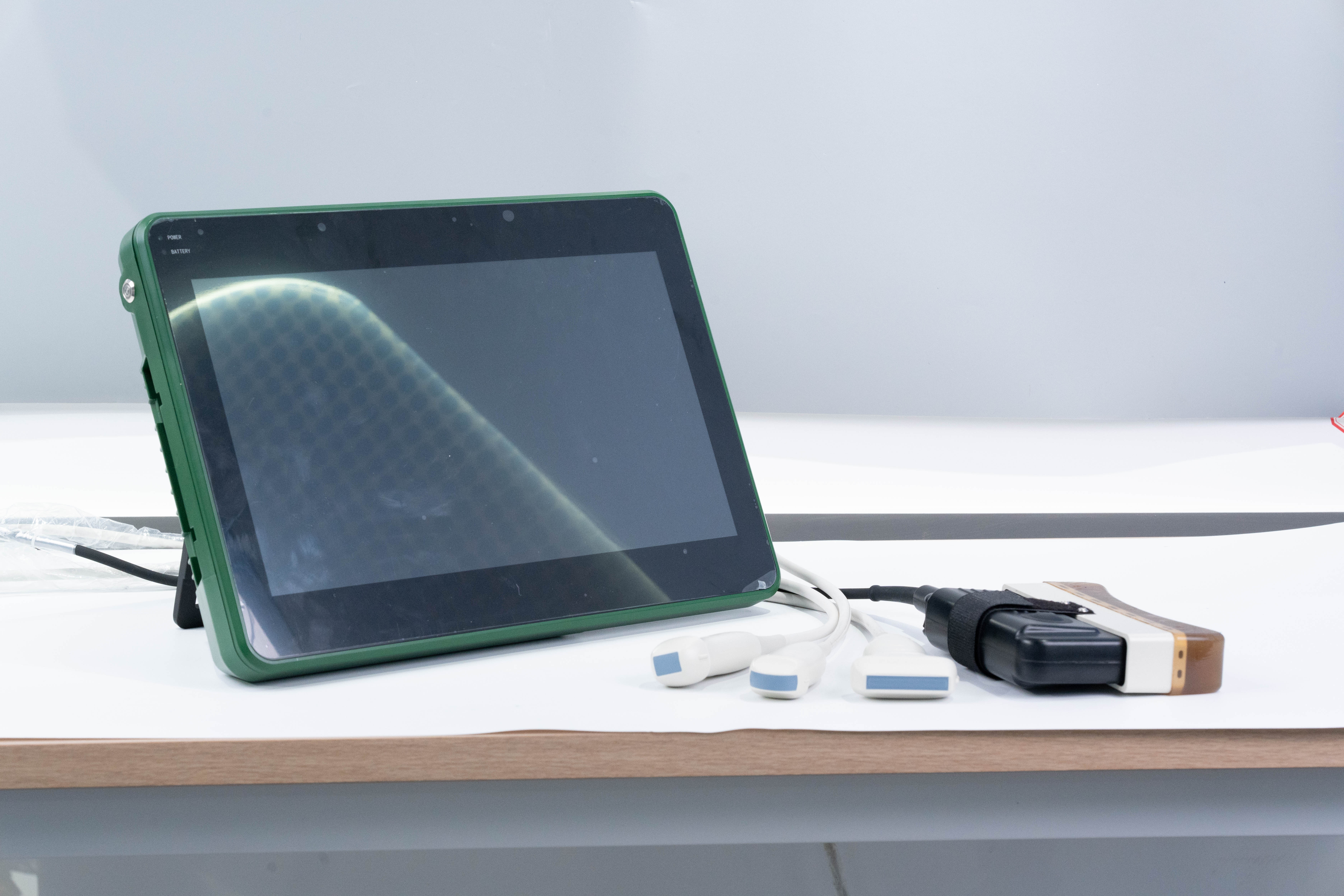The cow's symptoms during childbirth include rising and lying down, frequent defecation and urine, looking back at the abdomen, and feeling uneasy. Immediately afterwards, the uterine muscles begin to contract, pushing the fetus and fetal fluid into the cervix, forcing the cervix to open and open to the birth canal. Later, with the contraction, the fetal membranes entering the birth canal are ruptured, allowing part of the femoral fluid to flow out, and the fetus is previa. part; flows along the fetal fluid into the birth canal.

When such phenomena occur, cattle B-ultrasound should be used to examine them so that corresponding treatments can be made. At the same time, the abdominal muscles or diaphragm muscles also contract strongly, and the intra-abdominal pressure increases significantly, causing the fetus to be expelled from the uterus through the birth canal. After another 6-12 hours of intermission, the uterus contracts again and expels the afterbirth. The delivery process is over. After the end, it is necessary to use a cow B-ultrasound to check whether the afterbirth has been exhausted.
When the cow is about to give birth, special personnel should be arranged to be on duty and guard it. The cow should be checked with B-ultrasound, and the delivery work should be done well. The cow should be provided with clean, dry bedding and a quiet environment. In a quiet environment, the cerebral cortex is more susceptible to stimulation from the uterus. Therefore, it can also send a strong impulse to the uterus, causing the uterus to contract strongly and expel the fetus quickly. Generally, about 10-20 minutes after the fetal membrane blisters are exposed, the cow should lie down on its left side to prevent the fetus from being compressed by the rumen and making it difficult to deliver. The fetus's front hooves will burst the fetal membranes and the amniotic fluid (fetal fluid) will Use a bucket to catch it and use it to feed 3.5-4 kilograms to postpartum cows to prevent retained fetal membranes.
Generally, in a normal delivery, the head comes out first with the two forelimbs between them. If dystocia occurs due to improper posture, the fetal cow should be pushed back to the uterus first, and the fetal position should be corrected through B-ultrasound observation of the cow. Do not pull hard. In retrobirth, after the hind legs are delivered, the fetus should be pulled out as soon as possible to prevent the umbilical cord from being pressed on the pelvic floor after the fetus' abdomen enters the birth canal, which may cause the fetus to suffocate and die.
When a cow is having contractions, midwifery should be performed. Use a sterilized rope to tie the two forelimbs of the fetus and hold it with a hand. The midwife puts his hands into the birth canal, inserts his thumbs into the corners of the fetus' mouth, then pinches the lower jaw and pulls hard together. , the force direction should be slightly toward the back and lower part of the cow's buttocks.








